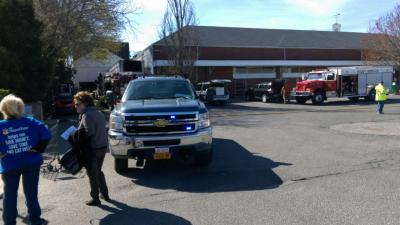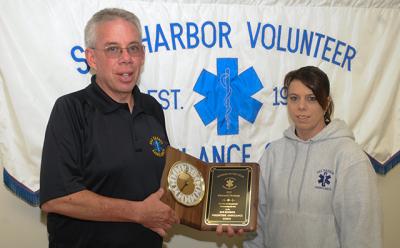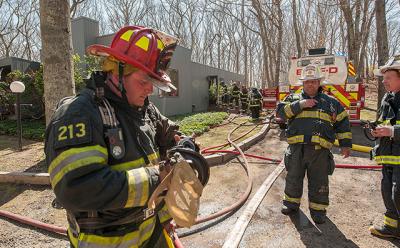Rollover in Amagansett Leaves One Trapped
Rollover in Amagansett Leaves One Trapped

Update, 3:45 p.m.: The patient was extricated from the Kia at about 3:15 p.m. and taken to Southampton Hospital. No further information was available about the patient's condition.
Originally, 3:08 p.m.: A vehicle crashed into the woods off Accabonac Road, near the East Hampton Golf Club greens, leaving an occupant trapped inside on Tuesday afternoon. The car reportedly rolled over near Stony Hill Road at about 2:35 p.m.
The Amagansett Fire Department responded with its heavy rescue equipment to extricate the occupant from a white Kia, which was on its side. That work was still under way at about 3 p.m.
Emergency medical service personnel requested a Suffolk County helicopter to fly the victim to Stony Brook University Hospital, a level-one trauma center. However, the medevac was not flying because of the weather. East Hampton Town police were also at the scene.
Check back here for more details as they become available.
Correction: The vehicle involved in the crash was a Kia, not a Suburu as originally reported.







